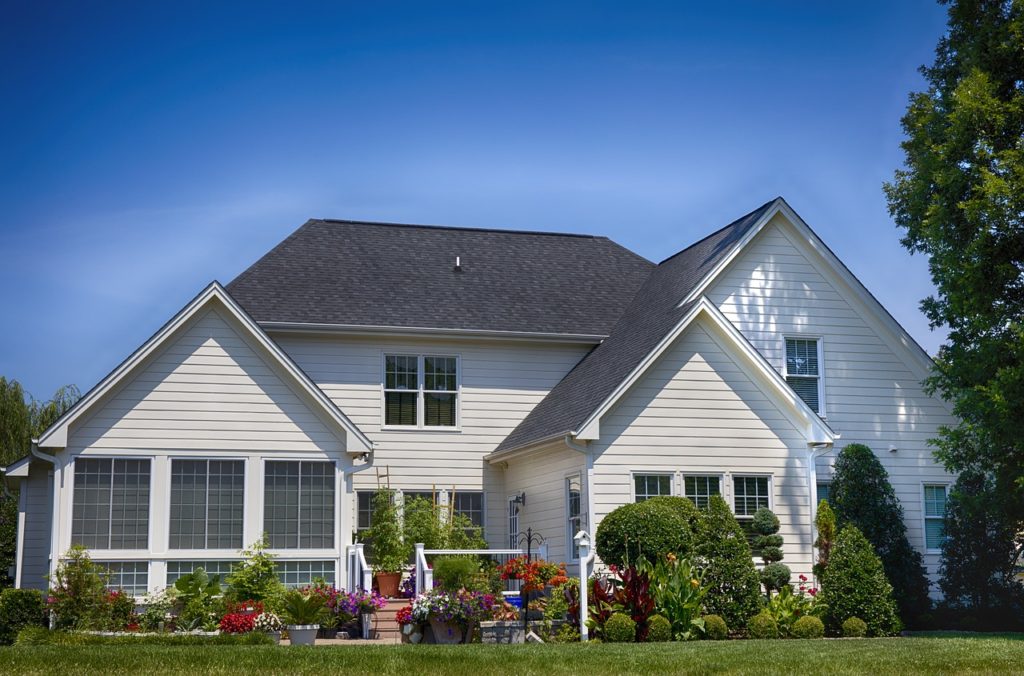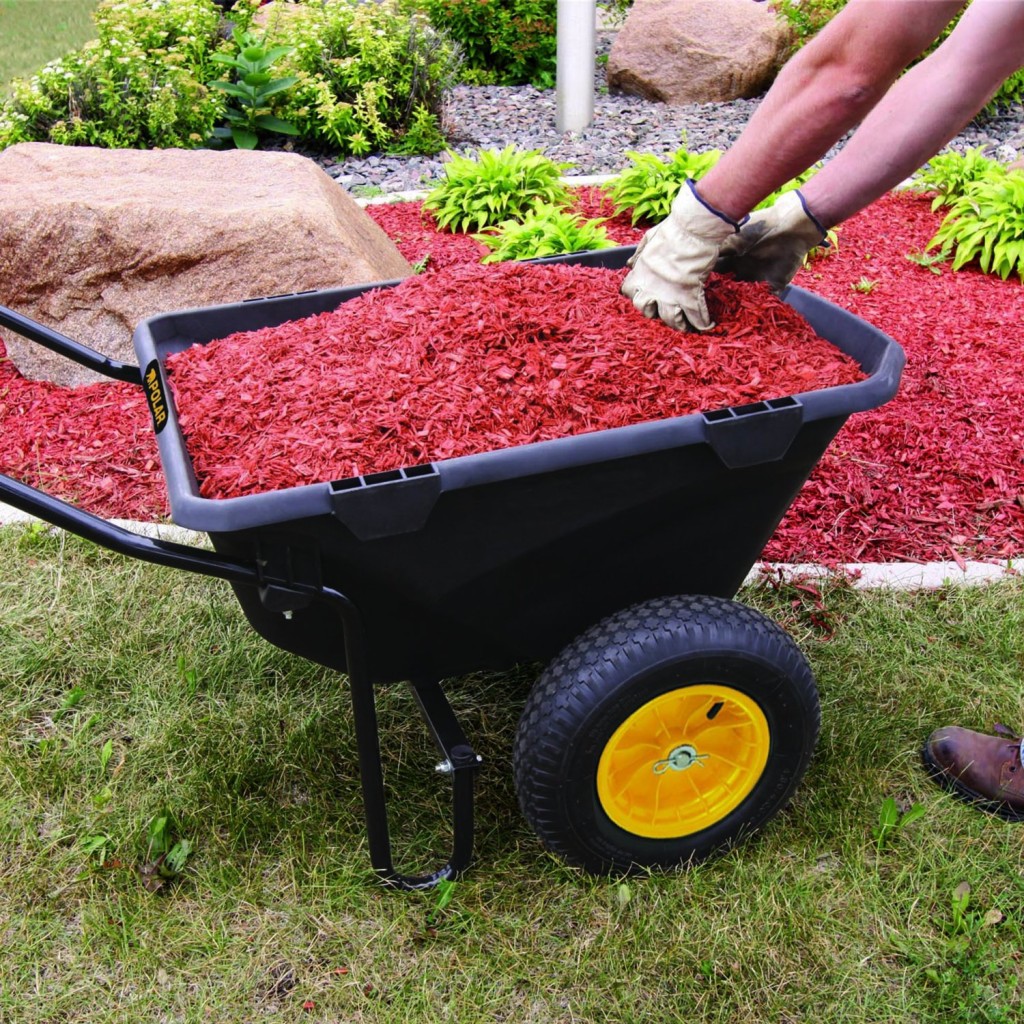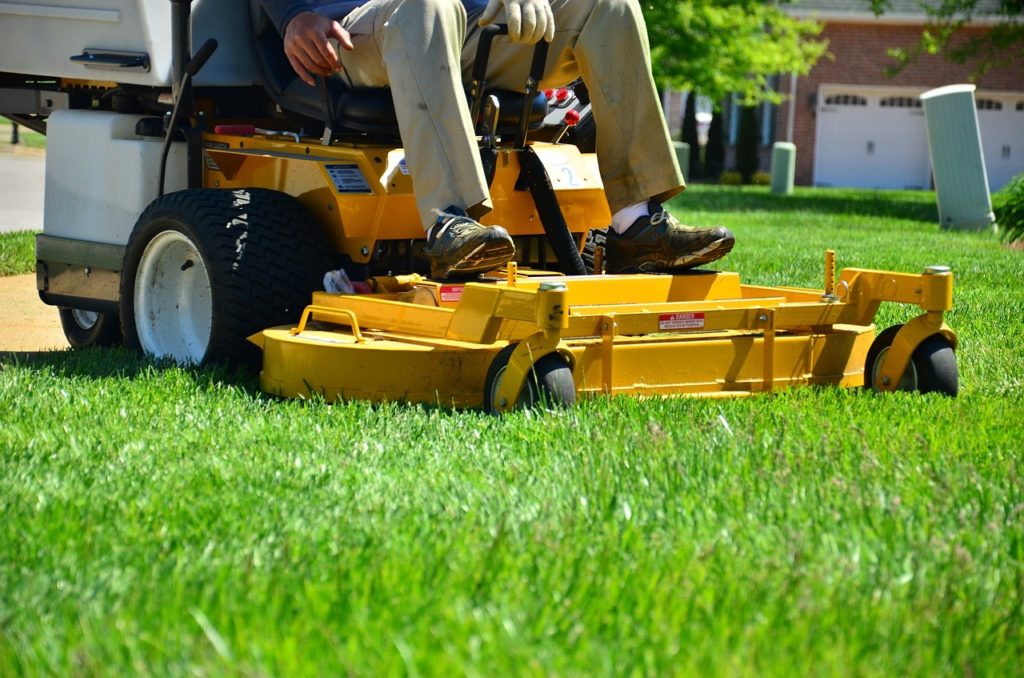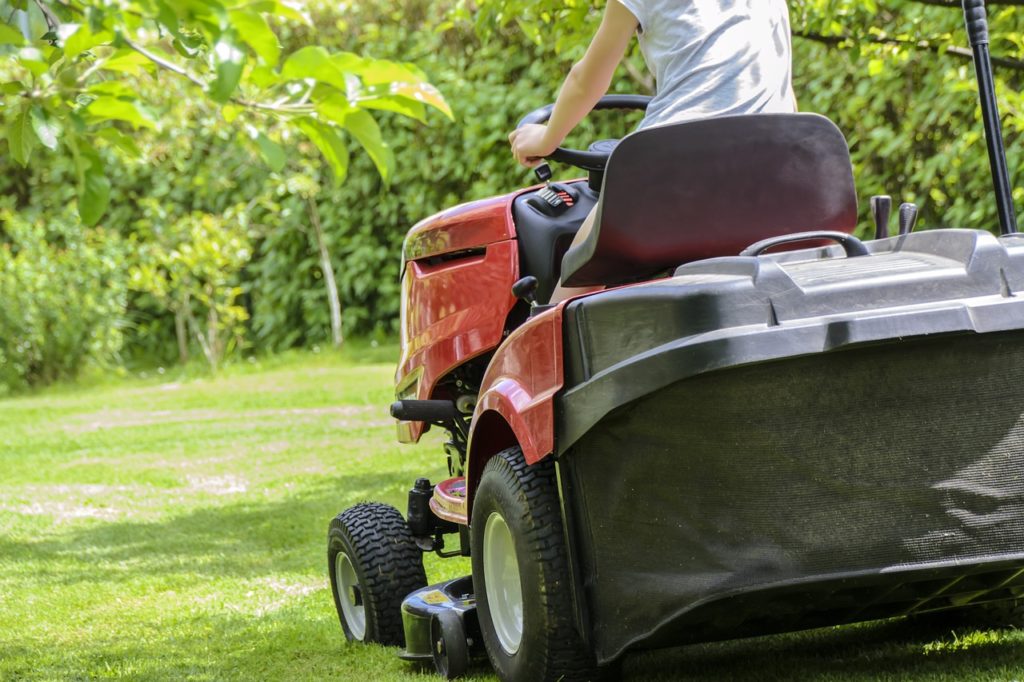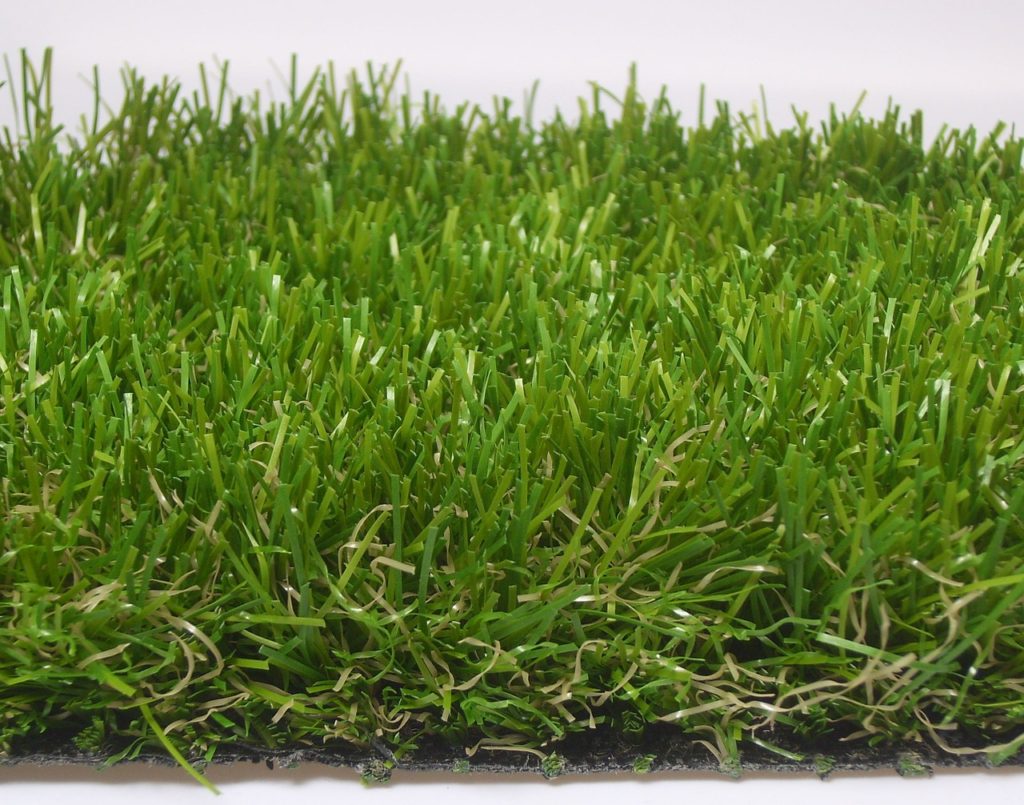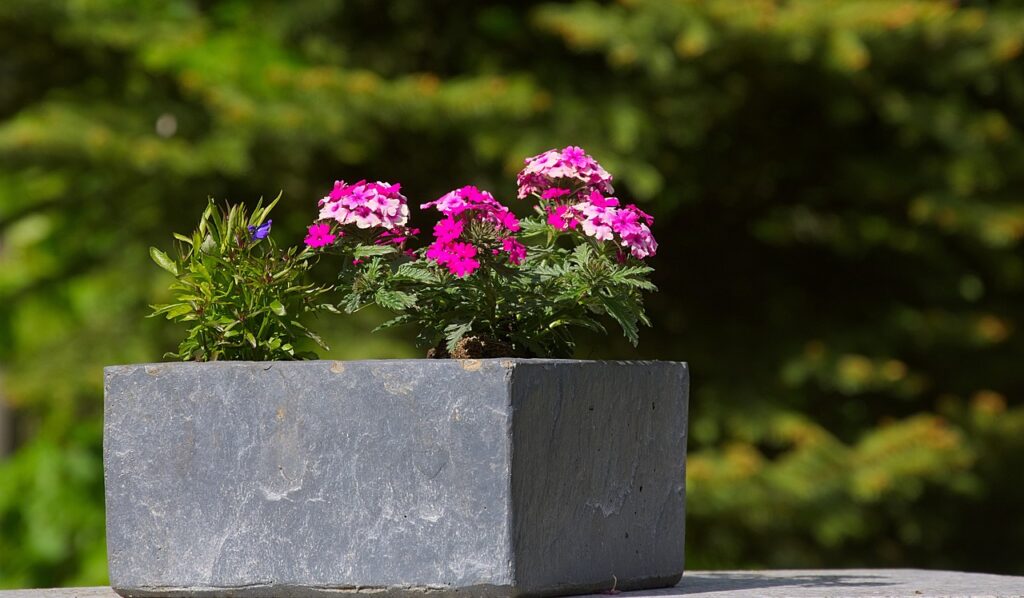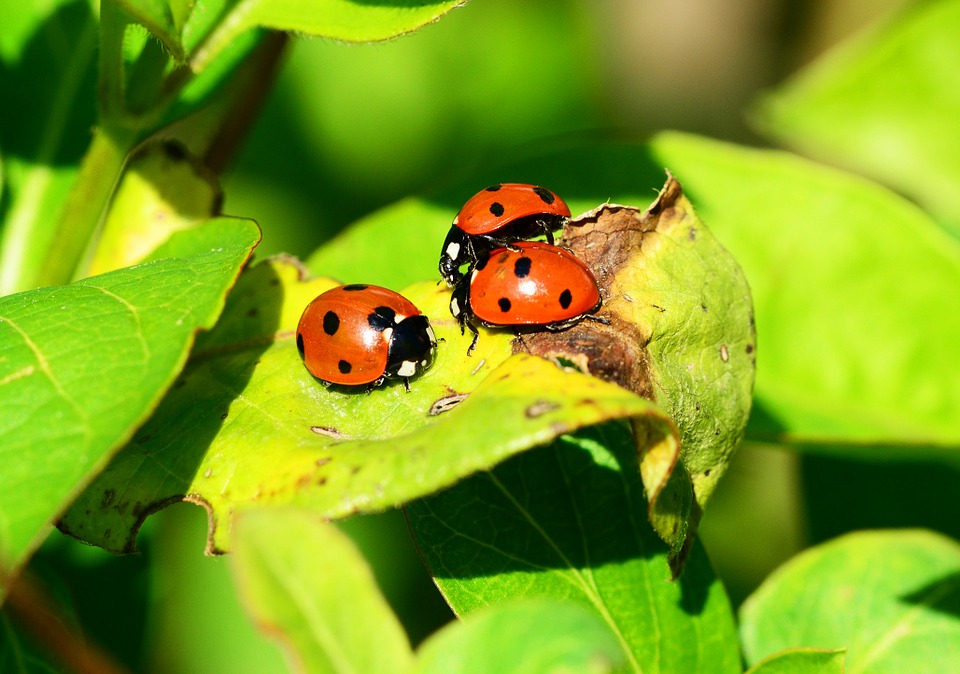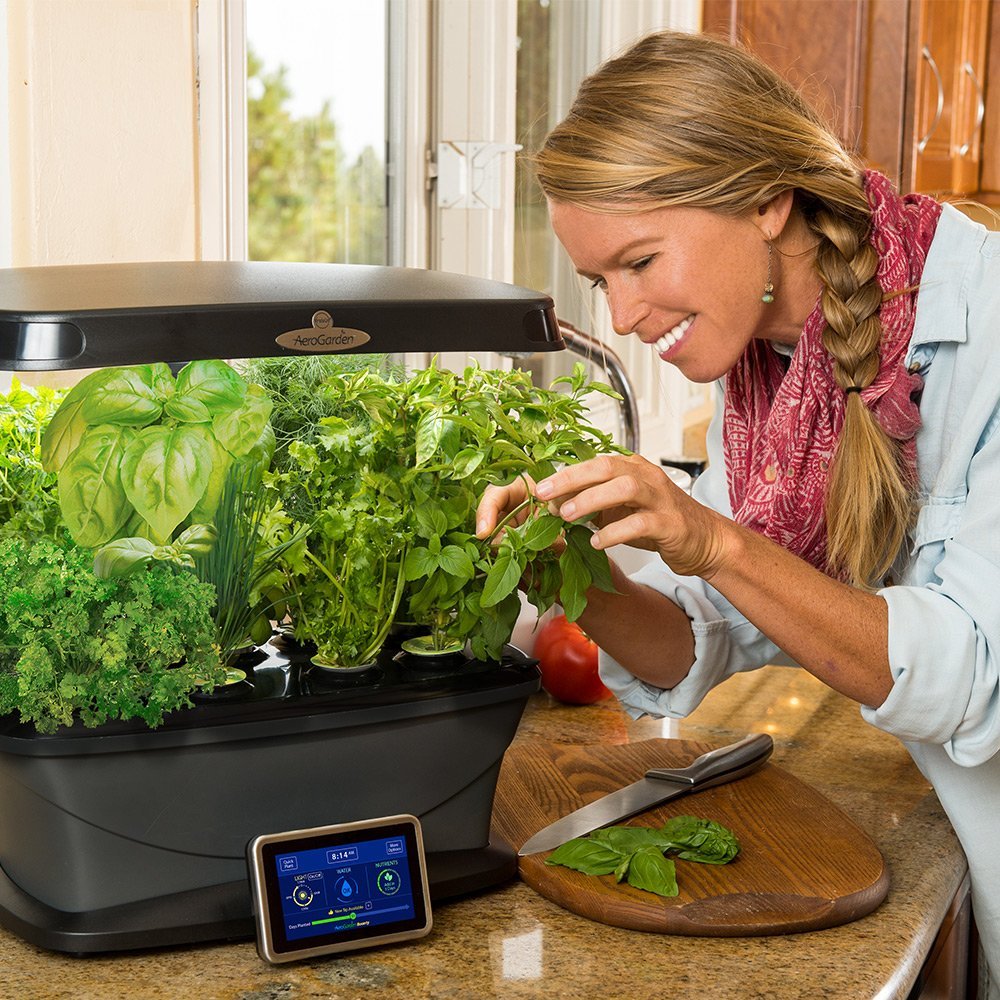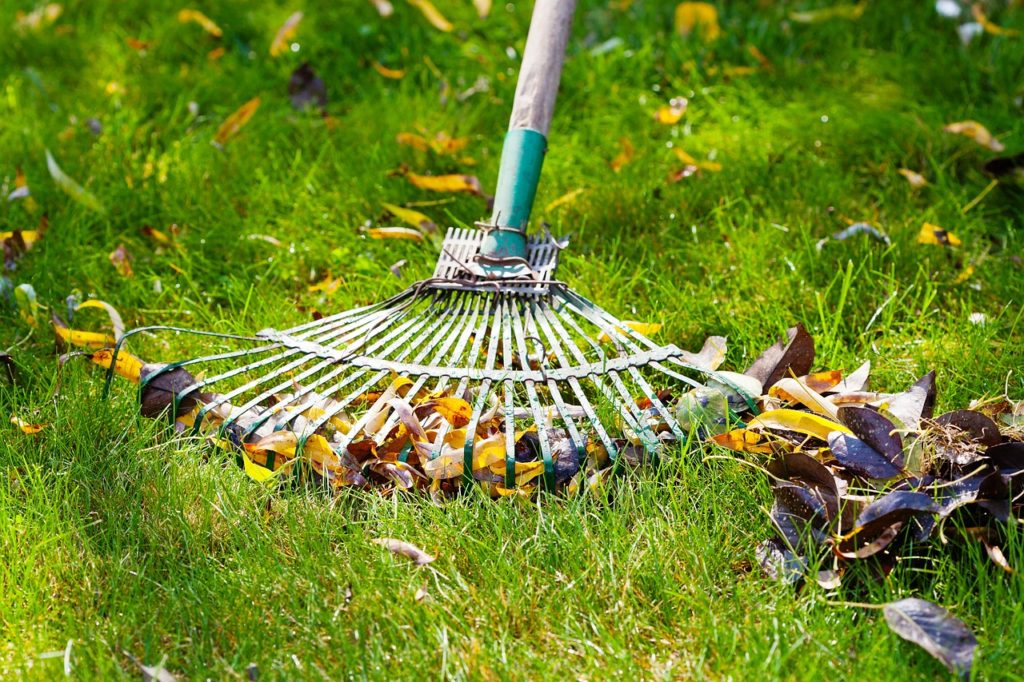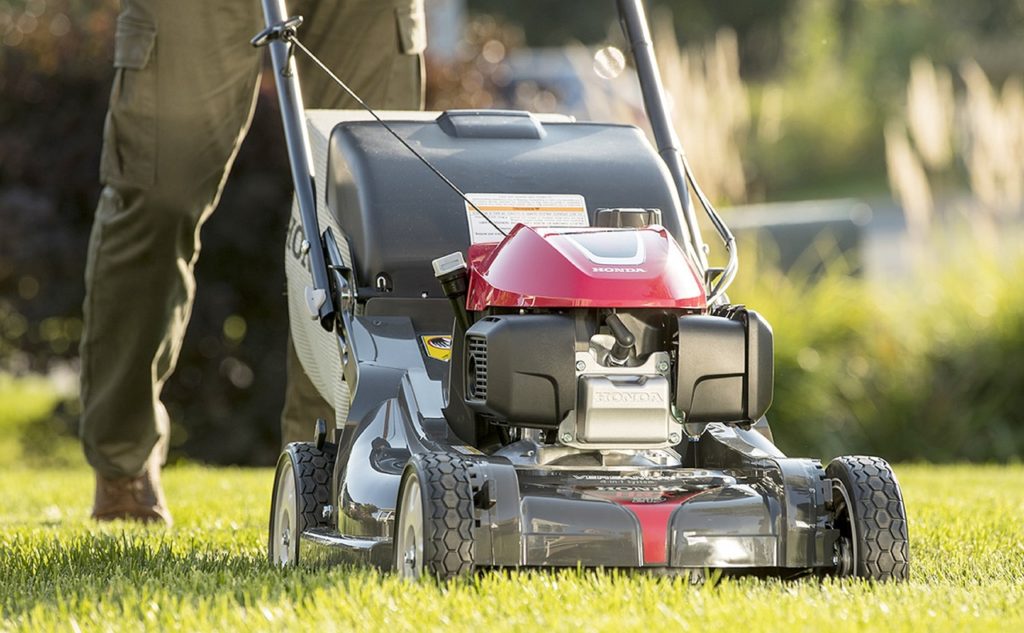
Unfortunately, not all soil has the nutrients that plants need to grow and thrive. In some cases, it may be lacking in one area or another and therefore need a boost. Here are the most common types of soil deficiency and the best ways to deal with each of them.
Nitrogen Deficiency
Nitrogen is important for chlorophyll production in plants which allows for green leafy growth. Plants in nitrogen-deficient soil will typically have leaves that are yellow or even red along with reduced growth.
Typically this deficiency is seen in soil that has low organic content. To add nitrogen to the soil you can use organic matter such as manure or compost. A high nitrogen fertilizer such as chicken manure pellets can also help.
Phosphorus Deficiency
Phosphorous is necessary for normal plant growth and maturity. It also plays a role in energy storage, cell division, and helps with photosynthesis among other processes. Symptoms of a phosphorus deficiency in soil are often poor plant growth and a lower than normal rate of fruit and flower production.
Leaves may also be smaller in size and have a purple or yellow discoloration. A phosphorous deficiency often occurs after heavy rains, or in soils that are more acidic or clay-based. Adding phosphorus to soil can be accomplished by applying bone meal or a super phosphate fertilizer.
Potassium Deficiency
Potassium regulates carbon dioxide uptake and encourages flower and fruit growth. Evidence of a potassium deficiency in soil are curled and scorched leaves. This deficiency can be a big problem for plants that require a lot of potassium such as tomatoes, beans, and fruits.
There is often low potassium in soil that is peaty or sandy. To boost the amount many gardeners use sulfate of potash or tomato feed. As a potassium supplement, you can also use banana peels in the garden as well. Although you may want to bury them so you don’t attract backyard pests.
Calcium Deficiency
Calcium is vital for keeping together a plant’s cell walls. A calcium deficiency in soil often produces plants that have distorted shoots and root tips. Plants such as tomatoes tend to have what’s known as blossom end rot, while apples often have dark spots under their skin.
Both under-watered and acidic soils can make it difficult for plants to take in calcium. Lime and gypsum are the most common choices for adding calcium to the soil.
Iron Deficiency
While plants only need a small amount of it, iron plays a big part in helping with photosynthesis, respiration, and producing healthy green leaves. Iron deficiency in soil will often cause yellowing between leaf veins and stunted growth.
More severe deficiencies may cause leaves to appear white in color. They often occur when plants that need a high soil pH are grown in alkaline soil. A granular or powdered chelated iron soil supplement can help to improve iron levels.
Magnesium Deficiency
Magnesium is a building block of chlorophyll and therefore very important to photosynthesis. A magnesium deficiency in soil will typically result in the yellowing of leaves which may also include brown spots. In more serious cases withering and dropping of leaves can occur.
It many times occurs in sandy soil particularly after periods of a lot of rain. Too much potassium in the soil can actually lead to the plant absorbing it instead of magnesium. And this can lead to a magnesium deficiency as well. Both Epsom salts and lime can work well for adding magnesium to the soil.
By keeping an eye out for any of the symptoms listed above you can quickly identify which type of soil deficiency is the culprit. And by following the recommended solution you should be able to improve the quality of your soil and garden as soon as possible.
Start Shopping for Fertilizers!
Landscaping Specialists Share Tips For Achieving A Garden That Is Easy To Care For
Unknown to most property owners, a healthy, beautiful landscape won’t require many resources for its maintenance. With the adequate planning and the proper usage of resources, you can actually build an enticing landscape without requiring much of your effort and time....
Frugal Landscaping —Lawn Specialists Share 6 Great Tips
Landscaping is one of the things you can do to enhance the aesthetic value of your property. However, it can be quite a costly effort; you can spend hundreds of dollars for every little change you wish to apply to the layout of your lawn or garden. So, forget...
Lawn Care Experts Share Some Reasons For A PH Test
Over-fertilization is among the biggest mistakes property owners make when it comes to lawn care. In turn, this can lead to damages and unnecessary costs. To ensure the health of your lawn, you need to be very generous and quick in using lawn tonics. Putting too much...
Lawn Care 101
A uniform appearance gives a classic look to any home however your lawn has to be carefully maintained to preserve its original look and feel. Lawn care advice from a pro will help keep property looking its best. Experienced professionals understand what grass will...
Lawn Saver – Artificial vs Natural Turf
Every backyard needs a lush expanse of green lawn, or so we’re told. However, with brutal climates and droughts keeping a lawn alive, let alone thick and green, can be more of a struggle than it’s worth. This is why so many people these days are turning instead to...
The Best Advice For Picking Patio Planters
Adding planted containers to your patio space is a guaranteed way to increase its looks. With containers available in countless textures, designs, shapes, colors, and sizes it really allows you to get creative with how you want your space to look. Here are some tips...
Green Tips for a Green Garden
Unwanted pests and unwanted weeds are always popping up in the garden. These can ruin flowers or other plants around the yard. Instead of using dangerous chemical pesticides as a means of pest control, there are organic alternatives that work just as well. Here are...
The Top Tips For Choosing Patio Trees
No one wants their patio to look like a barren wasteland especially if it’s somewhere they spend a lot of time. While natural stone, outdoor tiles, and brickwork can all be very attractive, to make them truly complete all patios need some surrounding trees. Luckily...
Kitchen Gardens For Beginners
Within the last few years, both organic foods and farmers’ markets have exploded in popularity. This in turn has attracted many homeowners to the idea of kitchen gardens. While they were much more common years ago when growing your own food was the norm, today they...
Top Tips When Looking For The Best Landscaping Services
Owning a beautiful and well-furnished home is among the most important considerations that everyone aspires to achieve. It is certain that getting expert landscaping services can prove a challenge because most of those self-proclaimed experts fail to deliver what is...
How to Hire Landscaping Services
When someone is looking for a new home, one of the first things they will see is the exterior of the home. Proper landscaping can significantly boost your property value. Most homeowners can handle the basic maintenance of a landscaped yard, but getting to that point...
